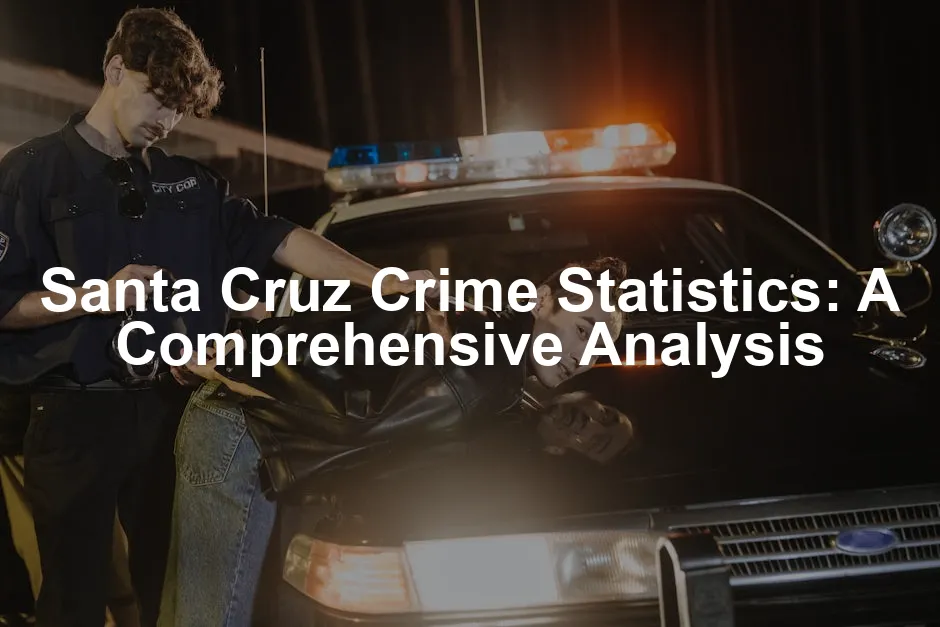Introduction
Santa Cruz, California, is a vibrant coastal city renowned for its stunning beaches, redwood forests, and eclectic culture. Nestled along the Pacific Ocean, it’s a popular destination for tourists and a beloved home for locals. However, like any urban area, Santa Cruz faces its share of crime challenges. Understanding crime statistics is crucial for residents, potential movers, and visitors. After all, who wouldn’t want to know if they’re walking into a safe haven or a scene from a crime thriller?
Crime statistics provide valuable insights into the safety and security of a community. They can unveil trends, highlight areas of concern, and even guide local initiatives aimed at reducing crime. For those considering a move, these statistics can be the tipping point in deciding whether to pack up their belongings or stay put. Visitors, too, benefit from knowing which areas to avoid after dark.
This article aims to provide a detailed analysis of crime rates, trends, and safety in Santa Cruz, grounded in the most current data available. By examining the numbers, we can paint a clearer picture of what life is like in this picturesque city. Are residents feeling safe? Are crime rates increasing or decreasing? Buckle up, dear reader, as we embark on this enlightening journey through Santa Cruz’s crime landscape.

Understanding Santa Cruz Crime Statistics
Overview of Crime Statistics
Crime statistics are numerical representations of various criminal activities within a specific area over a certain period. They serve as essential tools for law enforcement agencies, policymakers, and the general public. These statistics help identify crime trends, allocate resources, and develop strategies to combat crime.
Data sources for crime statistics include the FBI, local law enforcement agencies, and community reports. The FBI’s Uniform Crime Reporting (UCR) Program is one of the most comprehensive sources available. It collates data from participating law enforcement agencies across the United States, providing a national perspective on crime trends.
In October 2023, the FBI released the 2022 crime report, shedding light on Santa Cruz’s crime rates. This report is pivotal, as it not only reflects the state of crime in Santa Cruz but also allows for comparisons with other cities and national averages. For a deeper understanding of the crime statistics in Santa Cruz, you can refer to this comprehensive analysis.

Crime Rate Context
As of 2022, Santa Cruz boasts a crime rate of 50 per 1,000 residents. This number places it among the cities with higher crime rates in America. To put this in perspective, the likelihood of becoming a victim of either violent or property crime in Santa Cruz is approximately 1 in 20. Such statistics can be alarming, especially when you consider that over 97% of California communities report lower crime rates.
When we compare Santa Cruz to national averages, the differences become even more pronounced. The violent crime rate in Santa Cruz stands at 7.54 per 1,000 residents, significantly eclipsing the national average. Property crime follows suit, with a rate of 42.23 per 1,000 residents. This creates a picture where Santa Cruz, while beautiful and inviting, also presents a higher risk for residents and visitors alike.
Historically, Santa Cruz’s crime rates have fluctuated. Over the years, crime rates have seen both increases and decreases, influenced by various socioeconomic factors, law enforcement presence, and community initiatives. Understanding these historical trends helps paint a fuller picture of the current crime landscape.
In summary, Santa Cruz presents a unique case study in urban safety, where its natural beauty contrasts sharply with its crime statistics. The data tells a story that requires careful consideration from all who call this city home or hope to visit.

Detailed Crime Breakdown
Violent Crime Statistics
Violent crime is a serious concern for any community. It encompasses offenses that inflict harm on individuals, including murder, rape, robbery, and assault. In Santa Cruz, the current violent crime rate stands at 7.54 per 1,000 residents. That means, every 133rd person might face a violent crime—a sobering thought, right?
Breaking down the numbers reveals more about these incidents. In 2022, there were:
- Murder: 1 case
- Rape: 50 cases
- Robbery: 124 cases
- Assault: 291 cases
When we stack these figures against state and national averages, Santa Cruz shows a troubling trend. California’s average violent crime rate is higher than the national figure, but Santa Cruz pushes those limits even further. In comparison, the national average for violent crime is around 4.00 per 1,000 residents, making Santa Cruz’s rate significantly higher.
This paints a stark picture: while most of California shares a similar climate, the crime climate in Santa Cruz is decidedly more intense. The one murder case in 2022 might not sound alarming, but it carries weight in a community where residents are already navigating the risks associated with higher rates of assault and robbery.

For those intrigued by the complexities of crime and its psychological underpinnings, consider diving into Mindhunter: Inside the FBI’s Elite Serial Crime Unit by John E. Douglas. This gripping book gives insights into the minds of criminals and the methods used by the FBI to catch them, making it a perfect read for those fascinated by crime.
Property Crime Statistics
On the flip side, property crime focuses on theft-related offenses, including burglary, larceny, and vehicle theft. The current property crime rate in Santa Cruz is 42.23 per 1,000 residents, which translates to about 1 in 24 residents potentially falling victim to property crime.
The breakdown of property crimes in Santa Cruz is as follows:
- Burglary: 286 cases
- Theft: 2,010 cases
- Motor Vehicle Theft: 314 cases
These numbers scream for attention. Santa Cruz’s property crime rate dwarfs the national average, which is around 22.0 per 1,000 residents. That’s nearly double! The sheer volume of theft cases, in particular, raises eyebrows. With over 2,000 thefts reported, it’s no wonder residents may feel a bit uneasy leaving their doors unlocked.

Analyzing property crime trends over the years shows fluctuations, but a general increase has been noted. The rise in theft cases aligns with broader economic factors, such as housing costs, unemployment rates, and drug-related issues. As Santa Cruz’s cost of living climbs, so does the pressure on individuals to find alternative means of survival, sometimes resulting in increased property crimes.
To understand the psychology behind crime, one might find The Sociopath Next Door by Martha Stout incredibly insightful. This book sheds light on the prevalence of sociopathy in America, making it a compelling read for anyone curious about human behavior and crime.
In conclusion, the crime landscape in Santa Cruz is multifaceted. While violent crimes are a significant concern, property crimes dominate the statistics, revealing a community facing challenges on multiple fronts. Understanding these layers is essential for residents, potential movers, and visitors alike. It’s a reminder that while Santa Cruz may be beautiful, it’s wise to stay vigilant and informed.
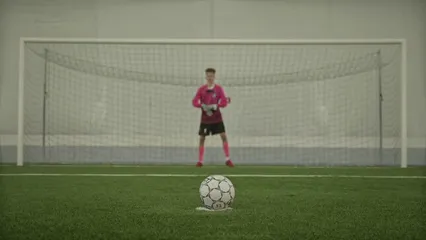
Year-over-Year Trends
Crime statistics in Santa Cruz reveal a captivating story. The data from previous years illustrates a fluctuating landscape. In 2021, Santa Cruz experienced a notable spike in violent crime, with a staggering 44.7% increase. However, property crimes showed only a slight rise of 0.5%. These shifts highlight the city’s unique crime dynamics.
In 2022, the overall crime rate stood at 50 per 1,000 residents, marking a significant concern for residents and visitors alike. The violent crime rate reached 7.54 per 1,000 residents, significantly higher than the national average. Meanwhile, property crime surged to 42.23 per 1,000 residents. The data indicates an urgent need for safety initiatives to combat these trends.
Interestingly, specific crime categories have seen distinct changes. For instance, assaults represent a considerable portion of violent crimes, totaling 291 cases in 2022. In contrast, the rate of murder remained low, with only one case reported. This disparity suggests that while violent crimes are a concern, they are not uniformly distributed across all categories.

For those who enjoy exploring the darker side of human nature, Crime and Punishment by Fyodor Dostoevsky is a classic that dives deep into the mind of a murderer, exploring the psychological turmoil that leads to his actions. It’s a must-read for anyone fascinated by the intricacies of crime.
The trends also reveal the impact of socioeconomic factors. As housing costs rise, the pressure on individuals can lead to increased property crimes, particularly theft. The community’s response to these challenges will be crucial in shaping the future of crime in Santa Cruz.

Neighborhood Safety in Santa Cruz
Overview of Neighborhood Crime Rates
When it comes to crime rates, not all neighborhoods in Santa Cruz are created equal. Some areas shine like a beacon of safety, while others might leave you clutching your keys a bit tighter. Let’s take a closer look at how various neighborhoods fare.
UCSC, the university area, boasts a surprisingly low crime rate. Students enjoy a relatively safe environment, making it a preferred spot for those seeking education and tranquility. In contrast, neighborhoods like Twin Lakes East and Woodland Heights present a different picture. Here, crime rates are noticeably higher, prompting residents to remain vigilant.
Woodland Heights, in particular, has garnered attention for its higher property crime rates. With a significant number of thefts reported, potential homebuyers might want to weigh their options carefully. On the flip side, Twin Lakes East offers a mix of both safety and community charm, but also sees property crime rates that raise eyebrows.
For residents contemplating a move, understanding these safety ratings is vital. Areas with lower crime rates can not only enhance quality of life but also significantly impact property values. Safety-conscious buyers often seek neighborhoods with strong community ties and effective local initiatives.

Another neighborhood worth mentioning is Branciforte Creek. This area enjoys a reputation for safety, making it an attractive choice for families. Prospective residents can feel confident in their decision to move here, knowing they’re part of a community that values security.
In conclusion, neighborhood safety in Santa Cruz is a nuanced topic. While some areas provide a haven, others require cautious navigation. Understanding crime trends is essential for residents and potential homebuyers alike, ensuring they make informed choices. Safety isn’t just about statistics; it’s about feeling secure in your community.
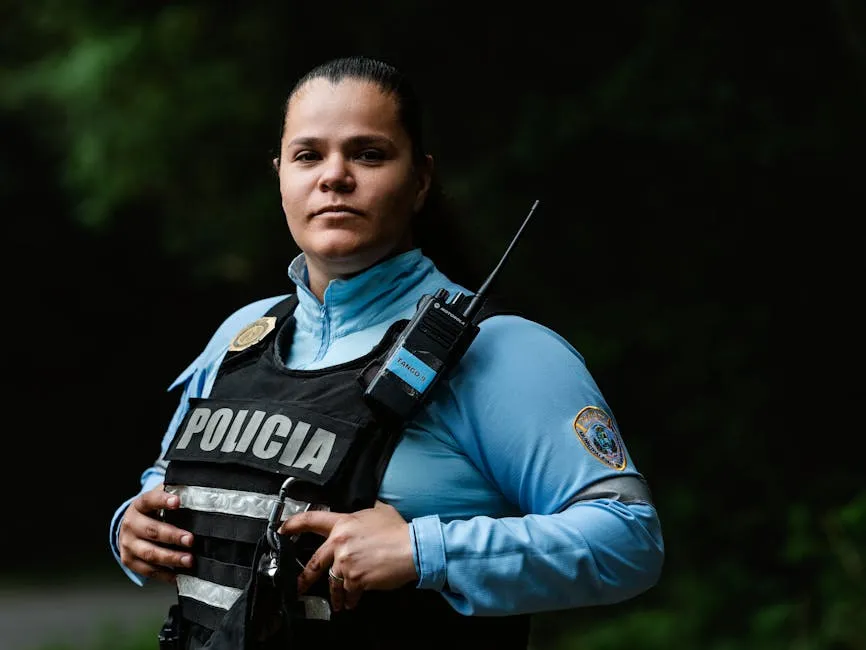
Community Perceptions and Sentiments
Local sentiments towards safety in Santa Cruz reveal a mixed bag. A survey conducted by AreaVibes reported that only 27% of residents felt secure, believing crime was nearly non-existent. Meanwhile, a whopping 73% expressed concerns about crime levels, especially at night. This sentiment echoes throughout the community, influencing how people navigate their daily lives.
Such perceptions can significantly impact crime statistics. When residents feel unsafe, they may report more incidents, creating a feedback loop. Increased anxiety can lead to heightened awareness, resulting in more calls to law enforcement. Conversely, if people feel safe, they might underreport minor incidents, skewing the data. This dynamic illustrates how community feelings are intertwined with actual crime rates.

Factors Influencing Crime in Santa Cruz
Socioeconomic Factors
Population density in Santa Cruz is a notable factor affecting crime rates. With over 5,100 people per square mile, the city has a much higher density than the national average. High density often exacerbates economic disparities, leading to increased crime opportunities.
Education levels also play a crucial role. Approximately 91.9% of Santa Cruz residents have at least a high school diploma, surpassing the national average of 83%. Higher education levels typically correlate with lower crime rates. However, when combined with high living costs, even educated individuals may resort to crime as a means of survival.
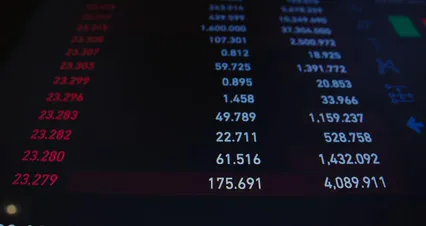
For those interested in understanding the societal implications of crime, The New Jim Crow: Mass Incarceration in the Age of Colorblindness by Michelle Alexander is a powerful read that delves into the systemic issues surrounding race and crime in America.
Law Enforcement Insights
The ratio of police officers to residents in Santa Cruz is concerning. With only 1.81 officers per 1,000 residents, the city falls short of both state and national averages. This limited presence can affect community safety perceptions and response times.
Community feedback on law enforcement effectiveness varies. Many residents report that police are visible but may respond slowly when needed. Engaging with the community through initiatives can help bridge this gap and foster trust.
Efforts to enhance safety are ongoing, with various community engagement programs. These initiatives aim to involve residents in crime prevention efforts and create a sense of ownership over neighborhood safety. By building strong community ties, Santa Cruz can improve its crime situation, making it safer for everyone.

Other Contributing Factors
Santa Cruz, like many cities, grapples with crime influenced by various factors. Among these, drug-related issues stand out. The city has seen a rise in substance abuse problems, which often correlate with increased crime rates. Drug addiction can lead individuals to commit crimes, whether to support their habits or under the influence of substances. These incidents can manifest in various ways, from petty theft to serious violent crimes, creating a complex web of challenges for law enforcement.
Economic factors also play a significant role in crime rates. High housing costs in Santa Cruz can strain residents’ finances. When people struggle to pay bills or find stable employment, desperation can lead to criminal behavior. A lack of job opportunities can push some individuals toward illegal activities as a means of survival. As the cost of living increases, the pressure on lower-income residents intensifies, often resulting in higher crime rates.

To enhance personal safety, consider investing in some security measures. A Home Security Camera System can provide peace of mind by keeping an eye on your property and deterring potential intruders. It’s a smart investment for any homeowner or renter concerned about safety.
Furthermore, the city’s population density of over 5,100 people per square mile exacerbates these issues. In densely populated areas, crime can become more prevalent, as opportunities for theft and violence increase. The combination of drug-related problems and economic challenges creates an environment where crime can thrive, making it essential for the community and law enforcement to work together to address these issues.
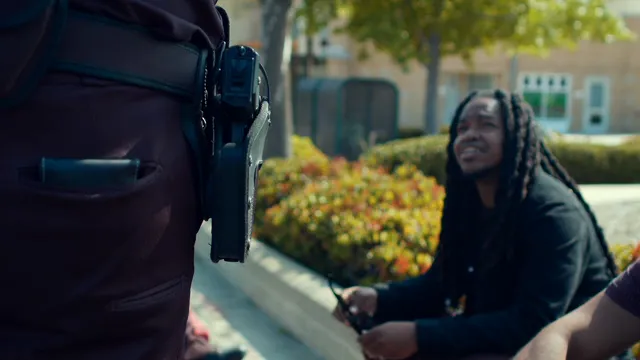
Conclusion
In summary, Santa Cruz presents a crime landscape that deserves attention. The overall crime rate stands at 50 per 1,000 residents, significantly higher than the national average. This figure encompasses both violent and property crimes, with the violent crime rate reaching 7.54 per 1,000 residents and property crime at 42.23 per 1,000 residents. With 97% of California communities reporting lower crime rates, it’s clear that Santa Cruz faces unique challenges.
Understanding these statistics is crucial for residents and visitors alike. Knowledge of crime trends can help individuals make informed decisions about safety and community engagement. For residents, staying informed fosters a sense of awareness and allows for proactive measures to enhance personal and neighborhood safety.
Moreover, addressing crime in Santa Cruz requires a collaborative effort. Local authorities are continually exploring strategies to improve safety. Community programs aimed at reducing drug abuse, enhancing employment opportunities, and fostering trust between law enforcement and residents can create a more secure environment.
In conclusion, while Santa Cruz is a beautiful and vibrant city, its crime statistics cannot be ignored. By focusing on safety improvements and community engagement, residents can work together to reduce crime and promote a safer environment for everyone. After all, a united community can turn the tide against crime, ensuring that Santa Cruz remains a welcoming place for all.
FAQs
What are the safest neighborhoods in Santa Cruz?
The safest neighborhoods in Santa Cruz include UCSC, Branciforte Creek, and parts of Twin Lakes East. These areas typically report lower crime rates, making them attractive options for families and individuals seeking security.
How does Santa Cruz compare to other Californian cities in terms of crime?
Santa Cruz has a higher crime rate than many Californian cities. With a crime rate of 50 per 1,000 residents, it is significantly above the state average. This places it among the more dangerous cities in California, so understanding local dynamics is essential for residents and visitors.
Are crime rates in Santa Cruz increasing or decreasing?
Recent trends indicate that crime rates in Santa Cruz have seen fluctuations. The overall crime rate increased by 5% in the last year, with violent crimes rising by 44.7%. This suggests a pressing need for community intervention and law enforcement strategies.
What steps are being taken by local authorities to improve safety?
Local authorities are actively implementing community engagement initiatives, focusing on reducing drug-related crimes and enhancing employment opportunities. Increased police visibility and collaboration with residents aim to foster a safer environment. Programs targeting youth and education are also being prioritized to address the root causes of crime.
Please let us know what you think about our content by leaving a comment down below!
Thank you for reading till here 🙂
All images from Pexels

